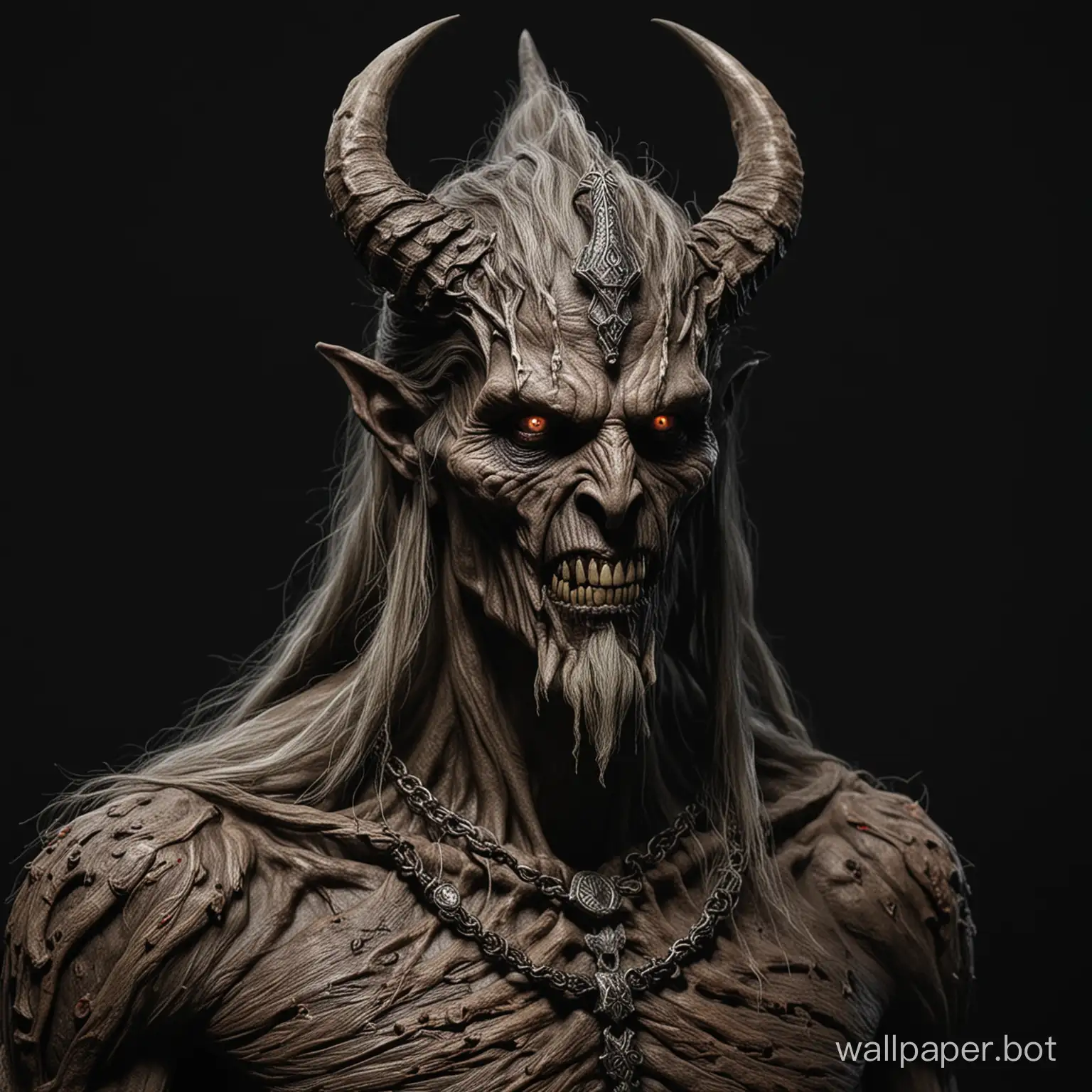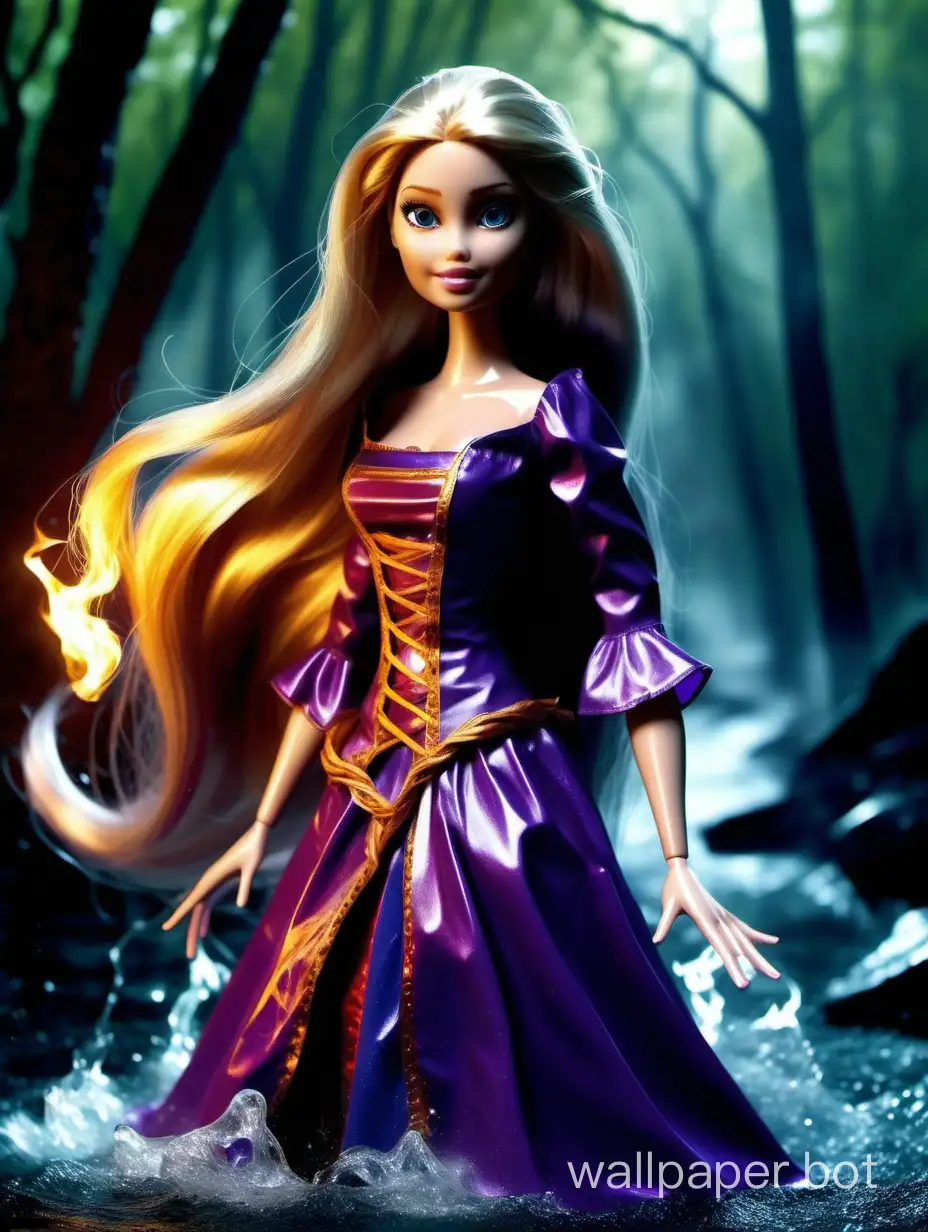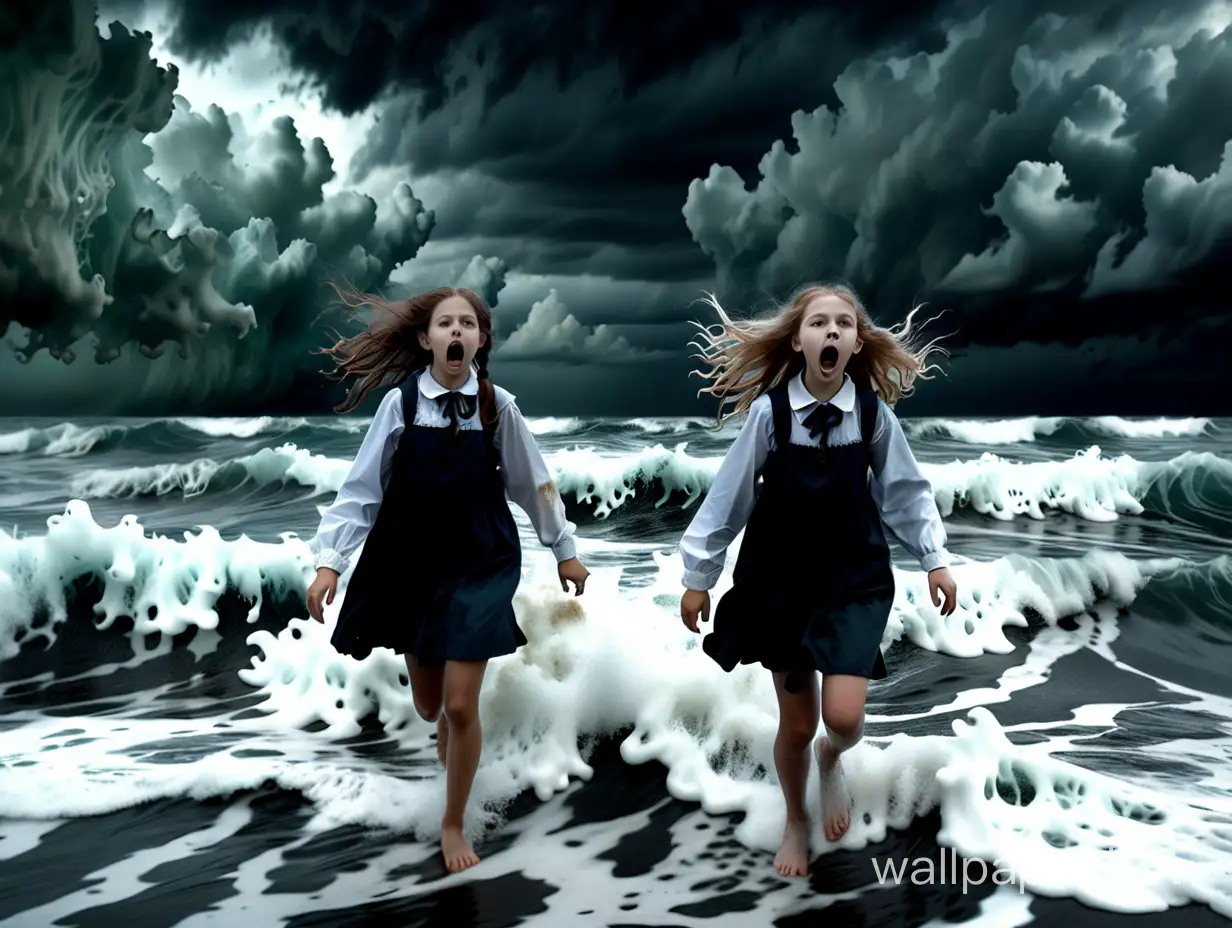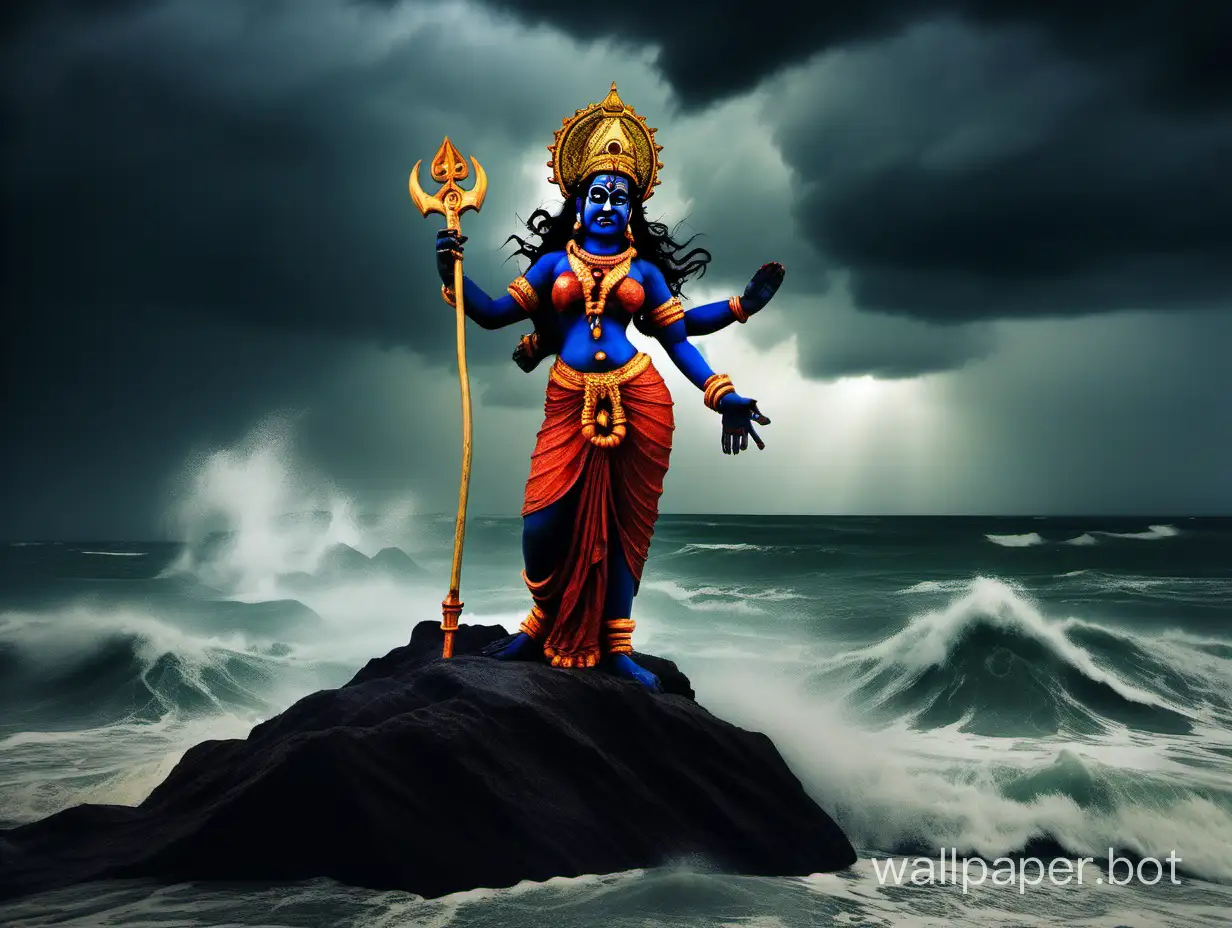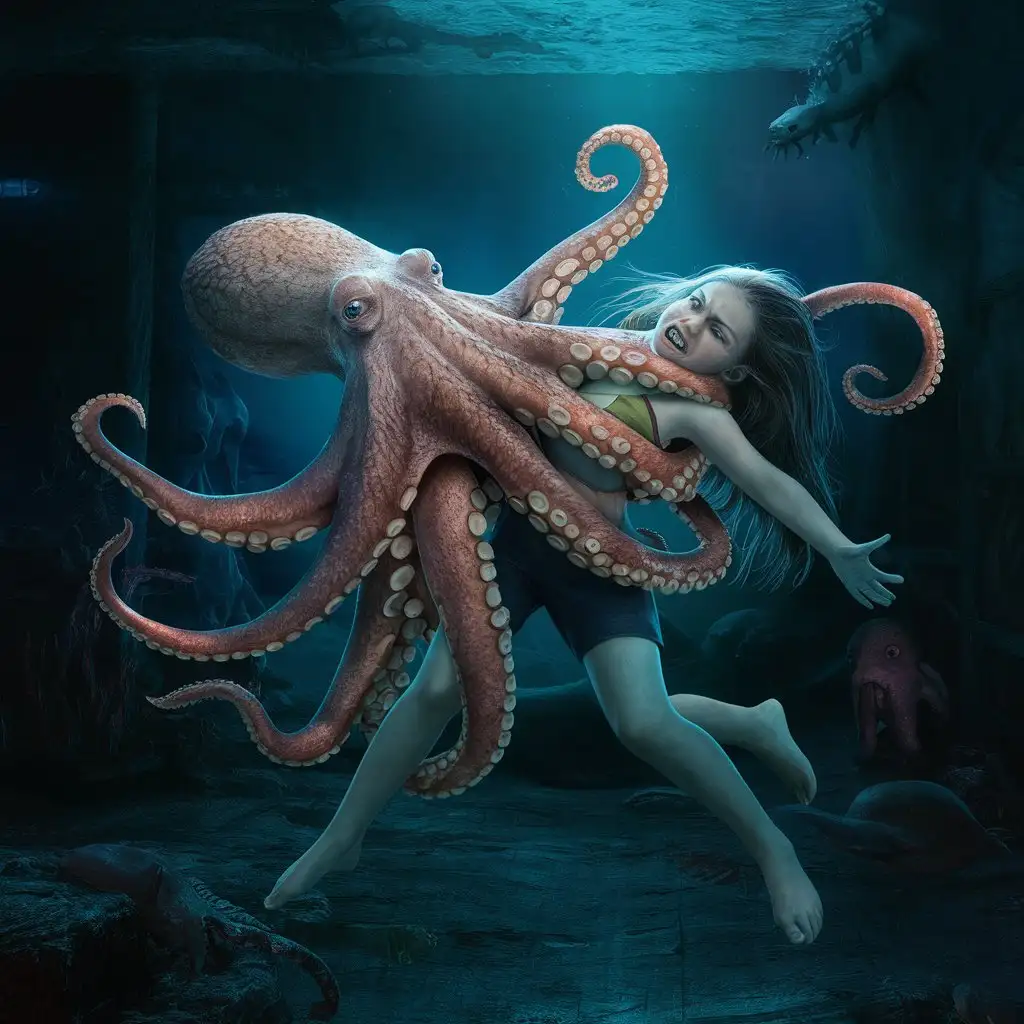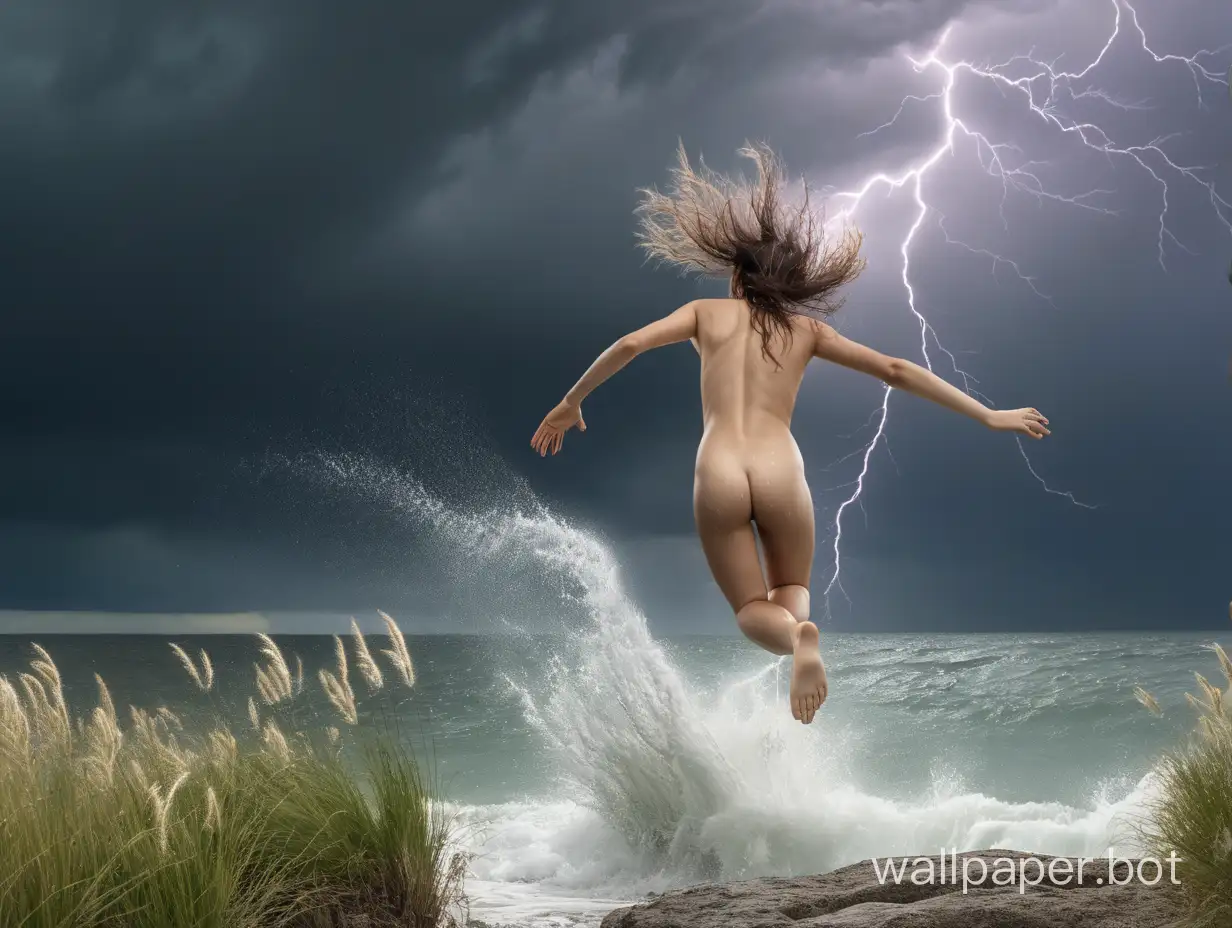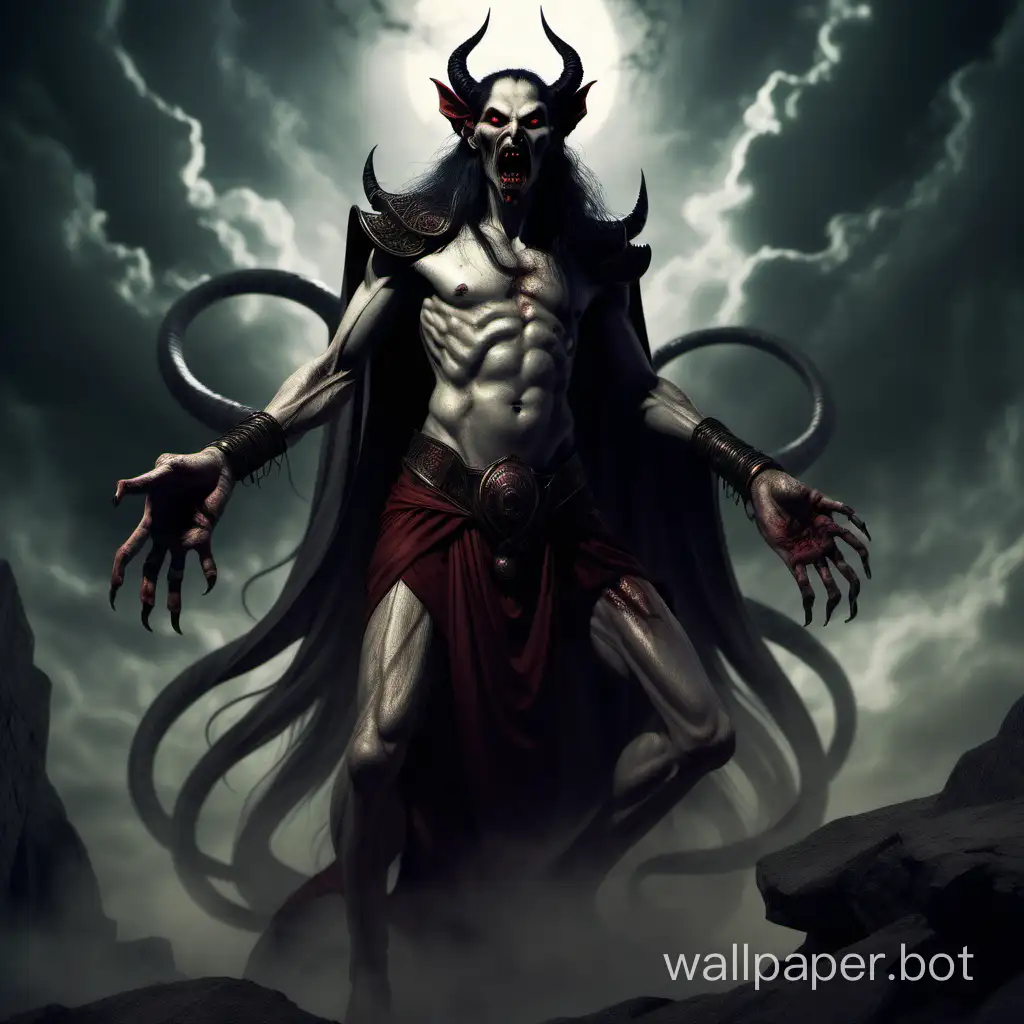Mythical Sea Monster Charybdis Swallowing Ships in Ancient Greek Lore
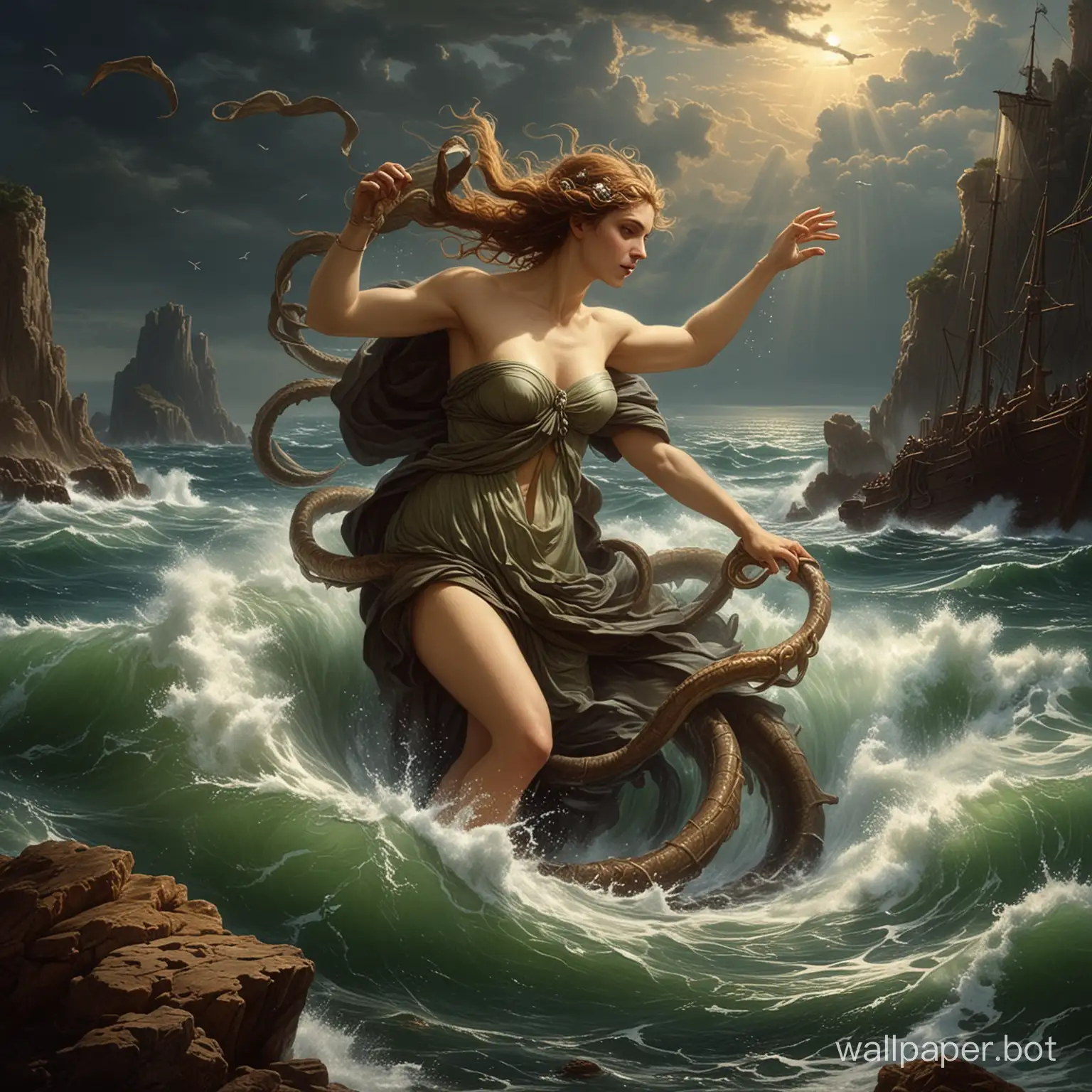
AI Wallpaper Prompt
Prompt
Харибда — в древнегреческой мифологии морское чудовище, которое живёт на одном из двух островов у побережья Сицилии (по другой версии — в проливе между Сицилией и Италией). Обычно под этим именем подразумевается великан, три раза в день втягивающий в себя коров и затем извергающий их обратно. Иногда его представляют в виде женщины, которая либо топит корабли, либо похищает людей, чтобы потом их съесть. По другой версии, Харибда — это женщина, превращённая в чудовище богиней Герой за то, что та помогла Зевсу скрыться от жены. В «Одиссее» Гомера Харибда описывается так:
«Прежде всего ты увидишь Харибду: без устали волны
Там грызет она камни, три раза в день поглощая
Пищу и три раза её извергая обратно».
Харибда упоминается также в поэме Вергилия «Энеида», где она изображена как страшный водоворот, способный поглотить корабль. Считалось, что именно этот персонаж послужил прототипом для Сциллы — ещё одного мифического существа, живущего в море. На черном фоне
Model: realistic
Ratio: 1:1
Related Tags
AI Wallpaper Prompt Analysis
- Subject: The image centers on Charybdis, a legendary sea monster from Greek mythology. Traditionally depicted as a colossal force in the sea, this portrayal captures Charybdis in her dual nature — both as a terrifying whirlpool and as a monstrous woman. In her whirlpool form, she dominates the aquatic scene, drawing in water and debris with her powerful force. As a humanoid, she appears monstrous with distorted, fearsome features, embodying the myths of her swallowing and regurgitating ships and creatures. Setting: The background is a dark, ominous seascape near Sicily, enhancing the mythological and foreboding essence of Charybdis. The tumultuous sea around her swirls violently, with waves crashing and foam spraying, suggesting her capability to disrupt the marine environment dramatically. Style/Coloring: The artistic style is dynamic and dramatic, with dark hues dominating the scene, punctuated by the white of the churning sea. The use of shadows and highlights creates a sense of depth and movement, reflecting the chaotic energy of Charybdis. Action: Charybdis is shown in the act of swallowing massive amounts of seawater, which includes flotsam and jetsam. This cyclic action of swallowing and vomiting back the sea illustrates her mythical ability to influence the tide and maritime weather. Costume/Appearance: In her humanoid form, Charybdis is envisioned with scaly, sea-soaked skin and wild, tangled hair that merges with the sea spray. Her eyes are large and menacing, enhancing her mythical and fearsome appearance. Accessories: Adding to her monstrous aesthetic, Charybdis might be adorned with elements that echo deep-sea creatures, such as barnacles or seaweed, clinging to her form, symbolizing her bond with the ocean depths.
